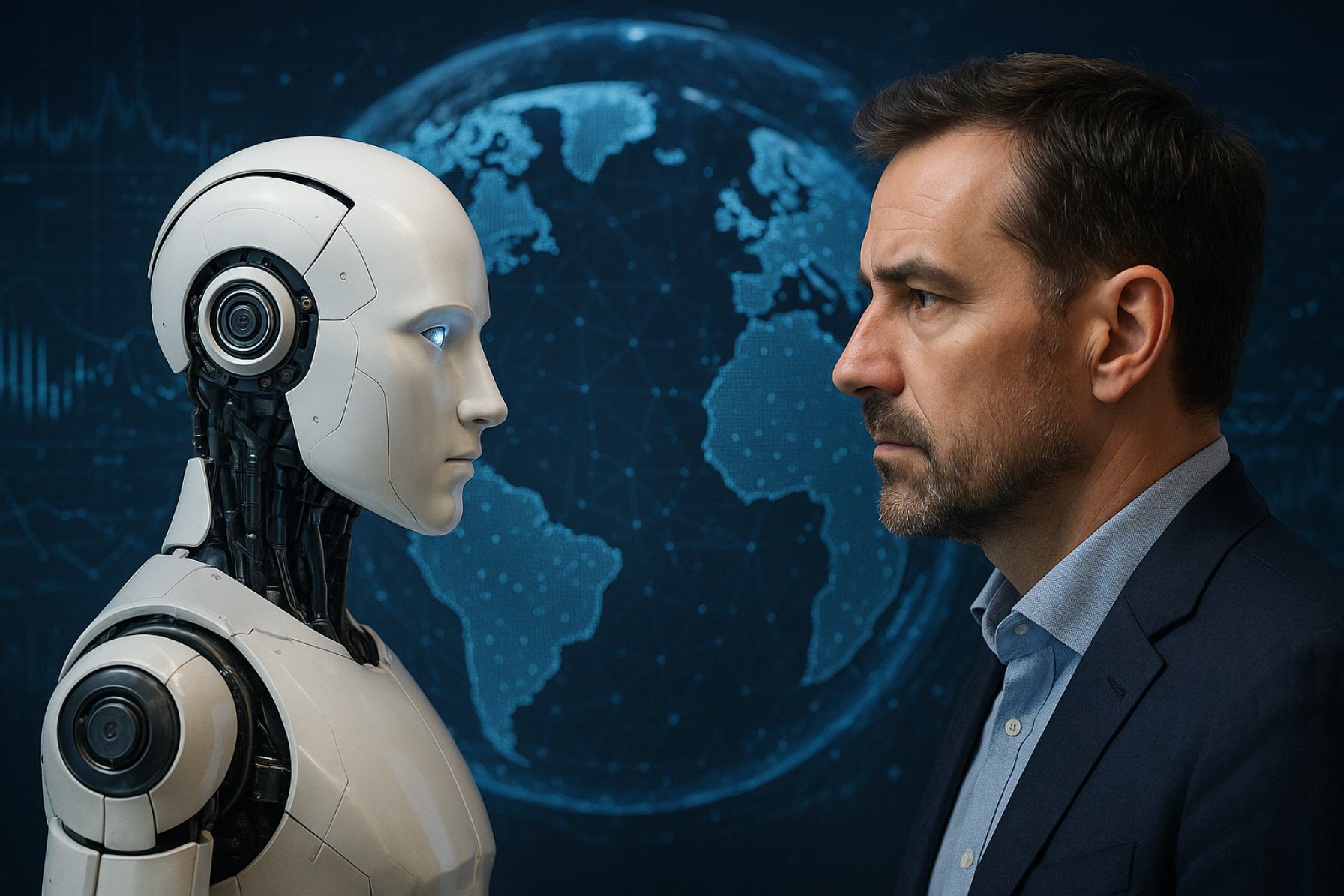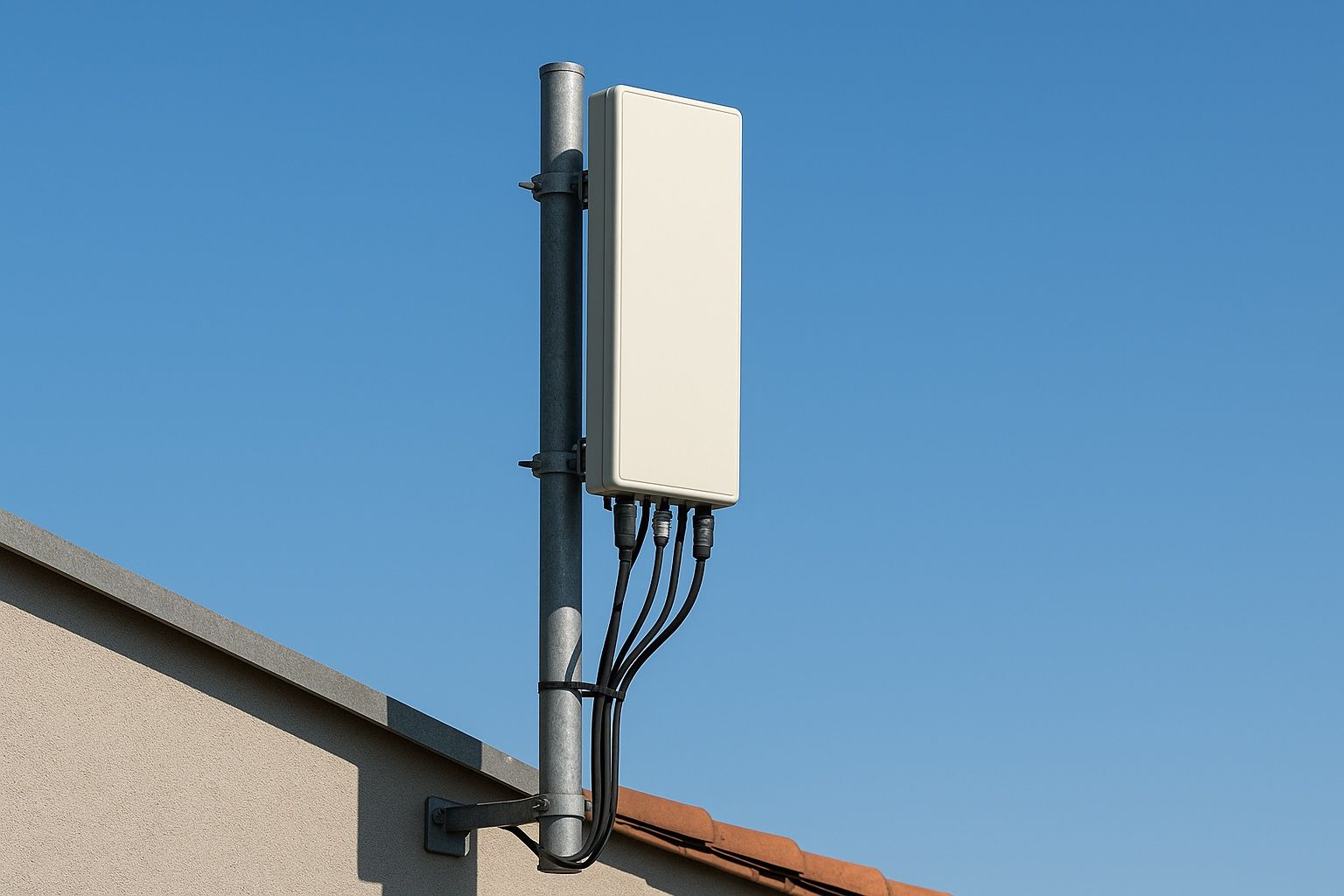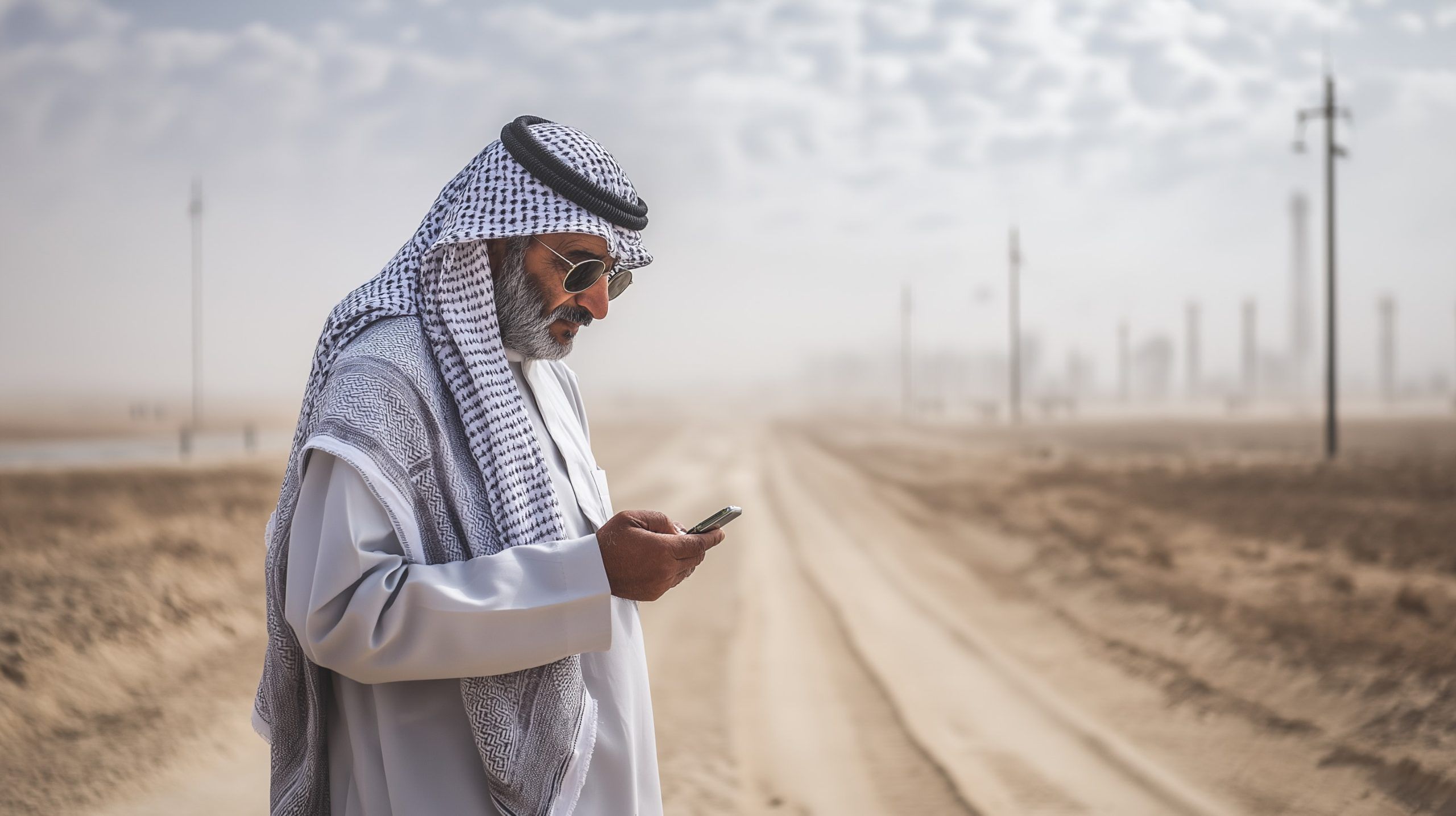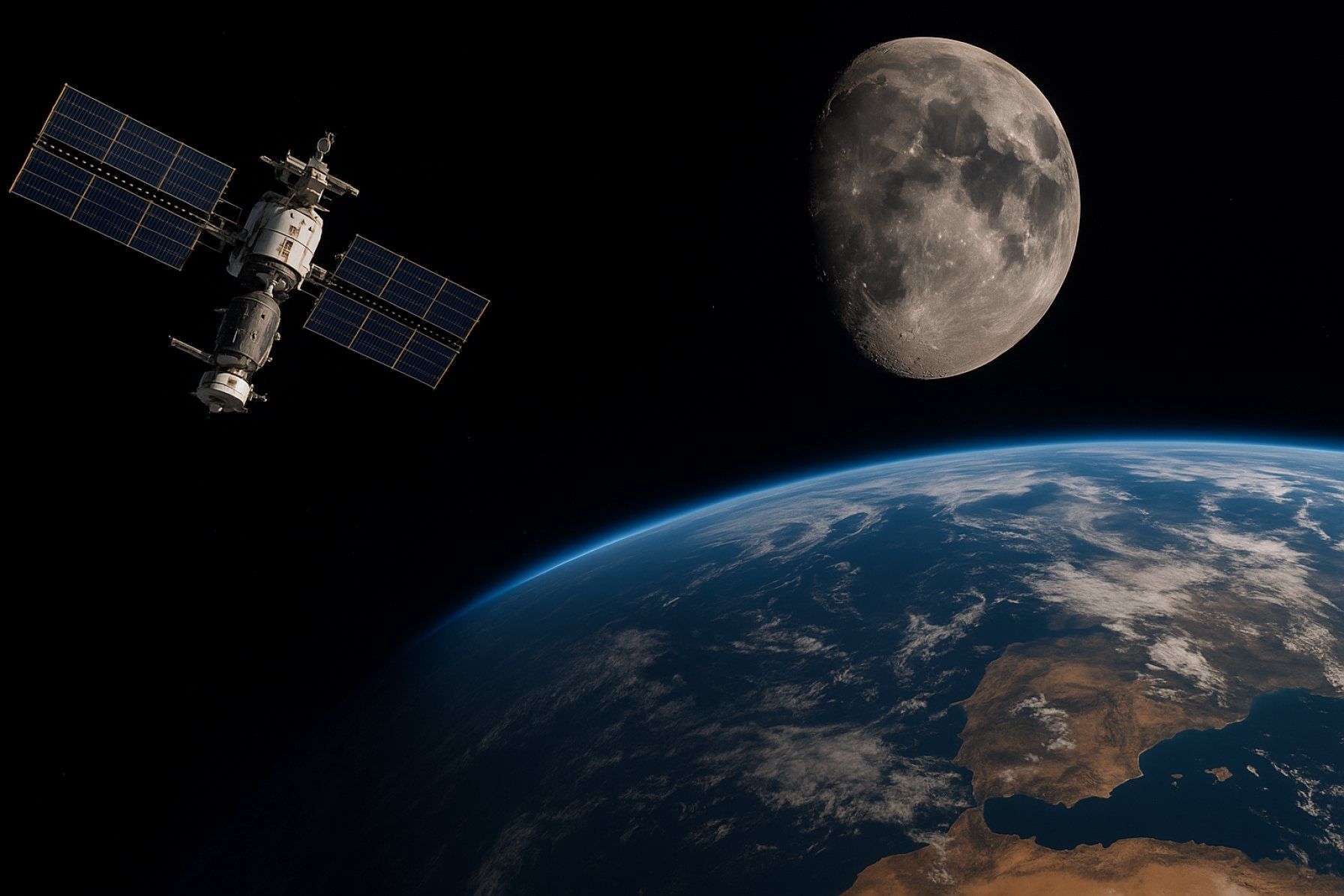
The Global AI Surge: Disruption, Opportunity, and the New World Order / Updated: 2025, July 3rd, 12:00 CET
In 2025, Chinese AI models like DeepSeek and Alibaba’s language models gained global traction, with DeepSeek reportedly priced at 1/17th the cost of leading US models and adopted by HSBC, Standard Chartered,










